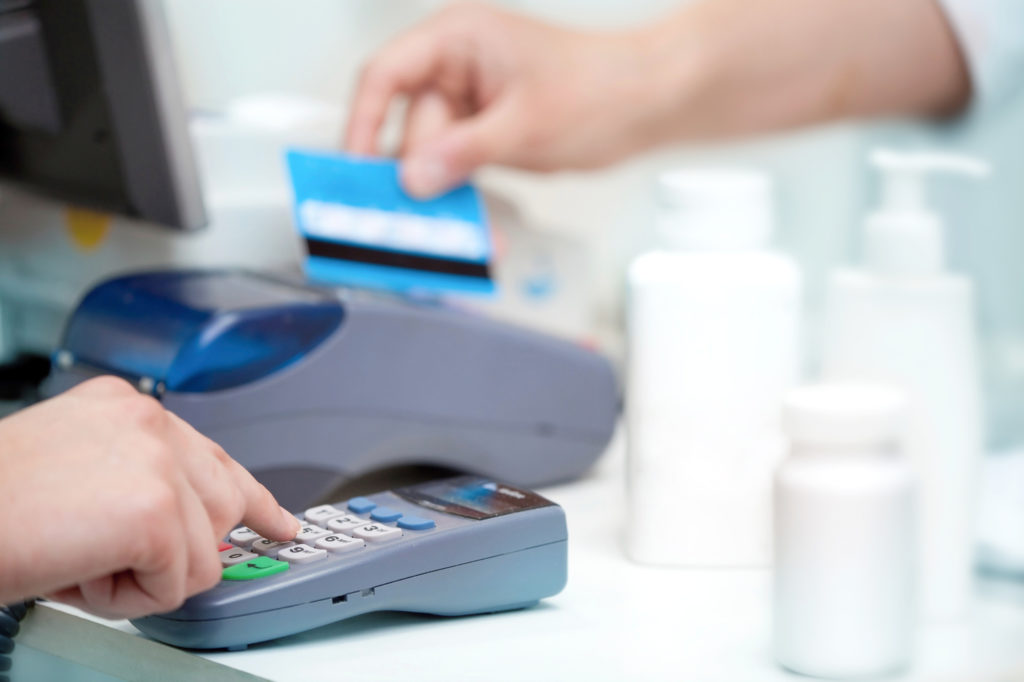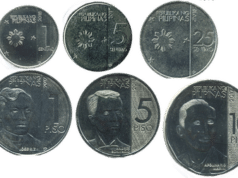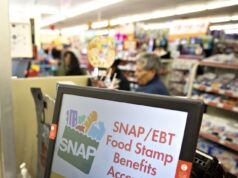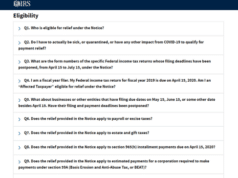
Are you ready to open your first bank account?
A bank account seems like a simple thing, but when you start looking at the options, it can seem overwhelming. Most checking and savings accounts are similar, but the little differences can have a big impact on your financial situation and the ease of managing your account.
Keep reading to learn the things you should look for when you create your first bank account.
Account Types
One of the first steps of opening your first bank account is deciding between a savings and checking account. Most banks offer both types of accounts, and many people open both types.
Some banks have multiple types of checking and savings accounts. Some of their checking account options might offer interest or other special perks.
Check the details of each account before choosing. Some account types have more requirements to qualify. A checking account with interest might require you to maintain a high balance, for example.
Fees
Banks charge fees for a number of reasons, so finding one with as few fees as possible helps you keep more of your money.
Look for a bank with free checking accounts, meaning they don’t charge you a monthly maintenance fee just to have the account. Some bank accounts have a monthly maintenance fee, but the bank waives it if you meet certain requirements. You might not have to pay the maintenance fee if you make at least one deposit per month or if you have a minimum balance in your account.
Some fees occur based on your actions, such as overdraft fees for going negative with your balance or fees for using ATMs that don’t belong to your bank. You can avoid those fees if you manage your bank account carefully, but it’s still important to understand what those fees are.
Overdraft fees cost around $30 on average. You get charged the fee for each check or debit transaction for which you don’t have the funds to cover. Some banks offer overdraft protection, which lets you connect a savings account, credit card, or other accounts as a backup to cover your spending if your account goes negative.
Find out how much your bank charges if you use an ATM that’s affiliated with a different bank. You’ll often get charged a fee by the bank that owns the ATM as well as your own bank, which can add up quickly.
Some banks charge you if you make lots of transactions in a single month. This is most common with a savings account. If you withdraw money more times than the limit set by the bank, the additional transactions might include a fee.
Read the terms of the bank account completely to understand all of the possible fees. Finding an account with no monthly maintenance fee and the lowest fees for other actions helps save you money.
Interest
If you’re opening a savings account, comparing the interest rates on the different bank account options helps you find the best deal. Most savings accounts have very low interest rates, sometimes as low as 0.01% annual percentage yield.
You can find some banks with higher interest rates of 1 to 2% APY or higher. Those accounts might require a much higher balance. Compare the interest rates and requirements to earn those rates when choosing your account.
Balance Requirements
Some bank accounts require you to have a minimum balance in your account. If you don’t maintain that balance, you’ll pay a fee or lose special perks.
When you’re first starting a bank account, finding one with no minimum balance is usually the best. If you don’t think you can maintain a minimum balance, an account without that requirement saves you money.
In-Person Banking Convenience
Online banks with no brick and mortar locations often offer lower fees and higher interest rates, but you won’t have a local branch to visit if you need help. Consider how important it is to you to have the accessibility.
If you go with a bank that has local branches, consider the locations and how easy they are to get to. If you do most of your banking online, you might not care how close the branch is.
Some people prefer going into the bank to handle tasks, so look at proximity to your house and other branch options in case you’re away from home. It can be easier and more reassuring to talk to someone face-to-face rather than on the phone if you have an issue with your account. It’s also easier to deposit cash and paper checks at a brick and mortar location, so consider how often you’ll need to deposit money.
ATM Availability
Since most banks charge ATM fees, you want one that has lots of ATM location options if you plan to withdraw money frequently. Check the ATM locations on the bank’s website to find your local options. If the bank only has one ATM on the other side of the city, it can be a pain to get the cash you need.
Convenience Options
Online banking lets you easily access your bank account information from anywhere, which makes managing your account easier. Look at the online banking features that each bank offers to find one that’s robust and fits your needs. Check out the online banking app offered by each bank if you have a smartphone and want to manage your account on the go.
Online bill pay is another feature to consider when choosing a bank account. It allows you to send payments easily to pay your monthly bills.
FDIC Insured
Always verify that the bank you choose for your first account is FDIC insured. If you’re considering a credit union, look for one that is NCUA insured.
FDIC or NCUA insurance protects up to $250,000 of your money in the bank should the bank fail. It’s not common for banks to fail, but it does happen occasionally. Choosing a financial institution with this type of insurance protects your money if it does happen.
Get Your First Bank Account
Opening your first bank account is exciting, but it can also be overwhelming. Knowing what to look for and how to compare the options makes it easier to find an account that works for you.
Explore more in our money archives to learn more about finances.








